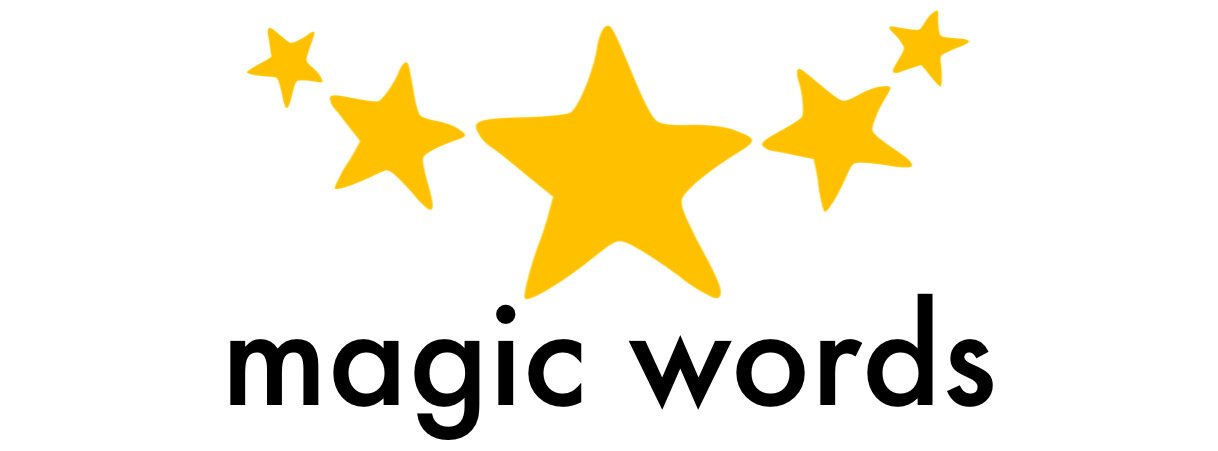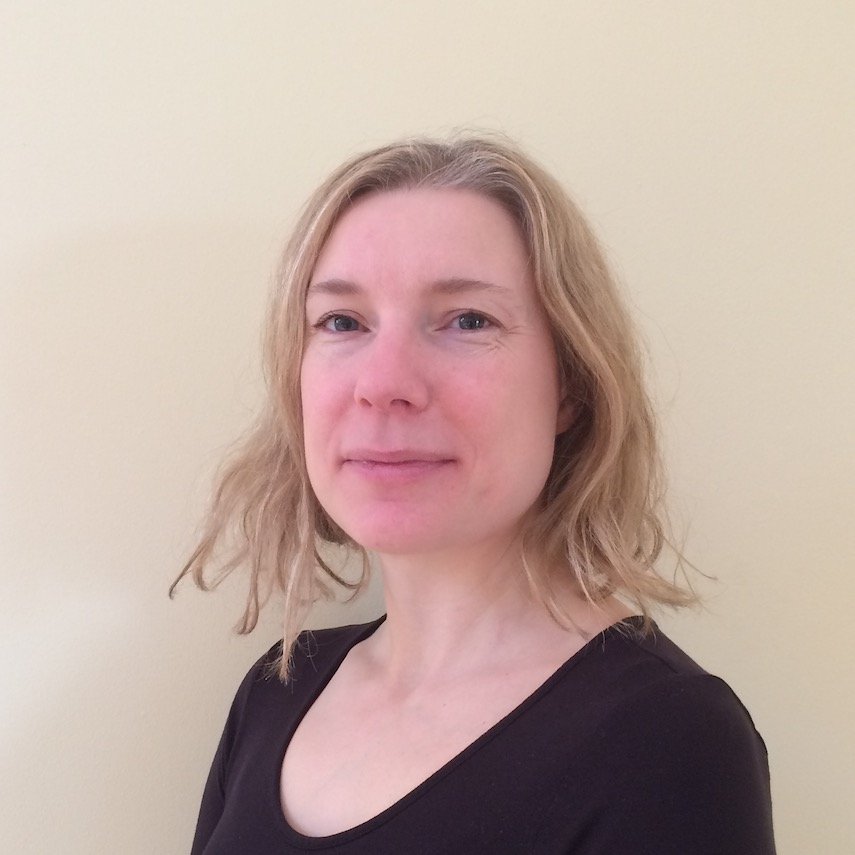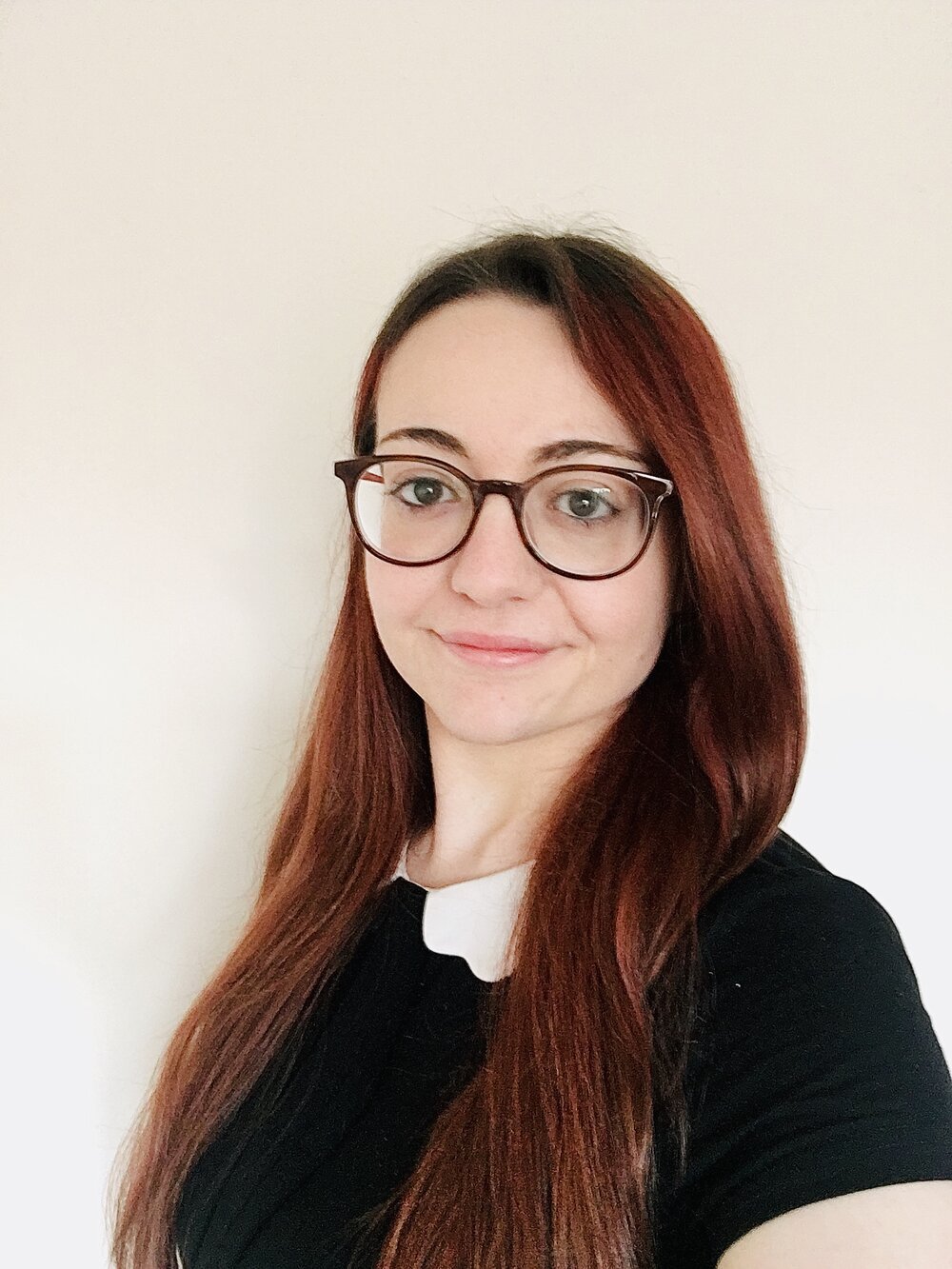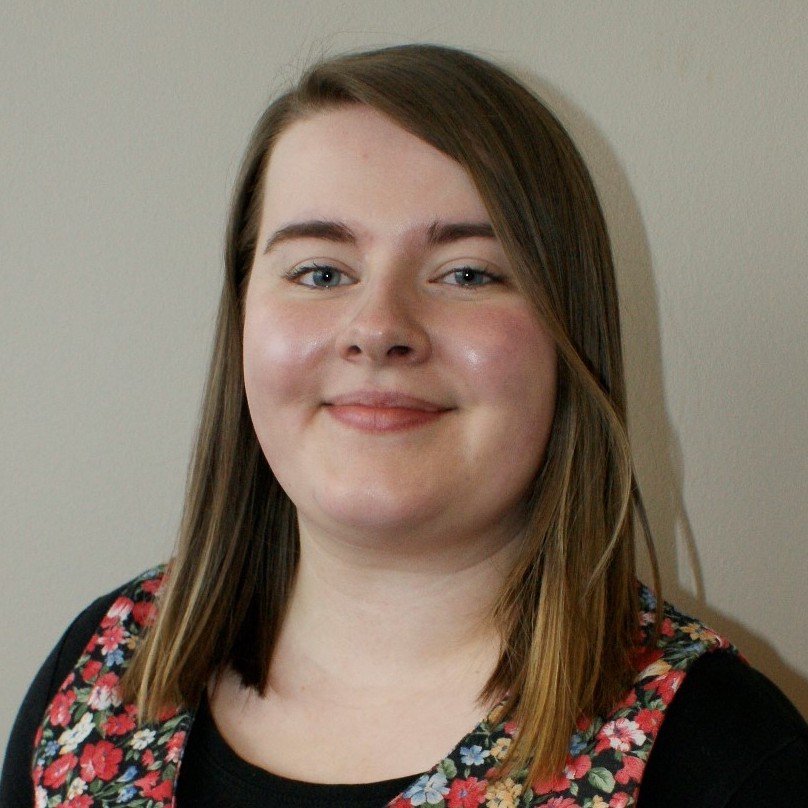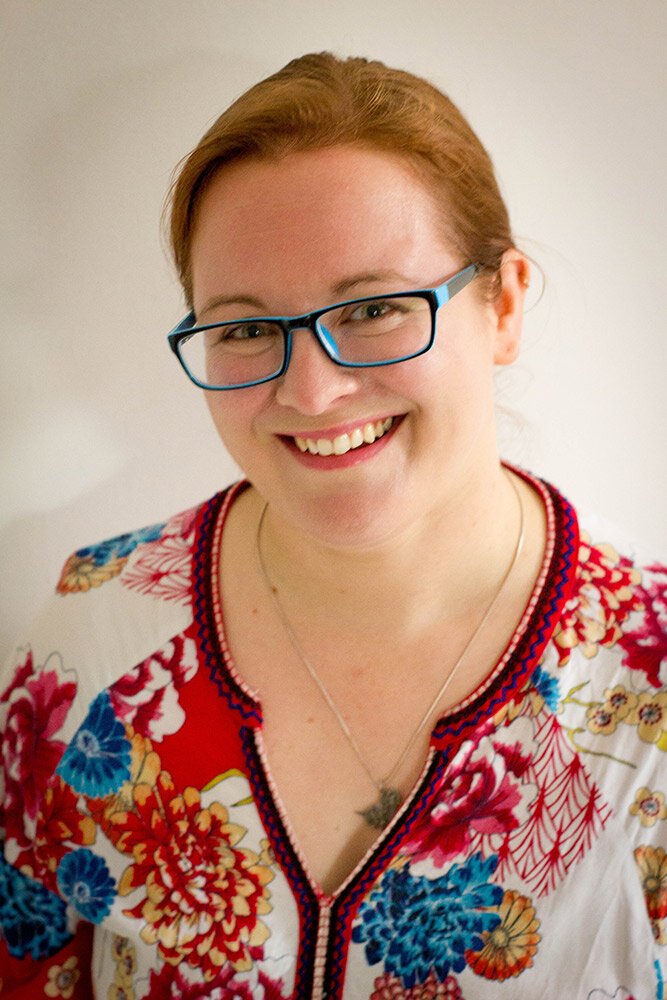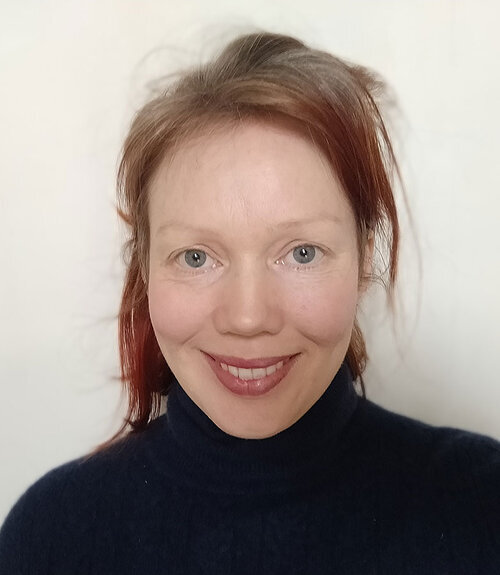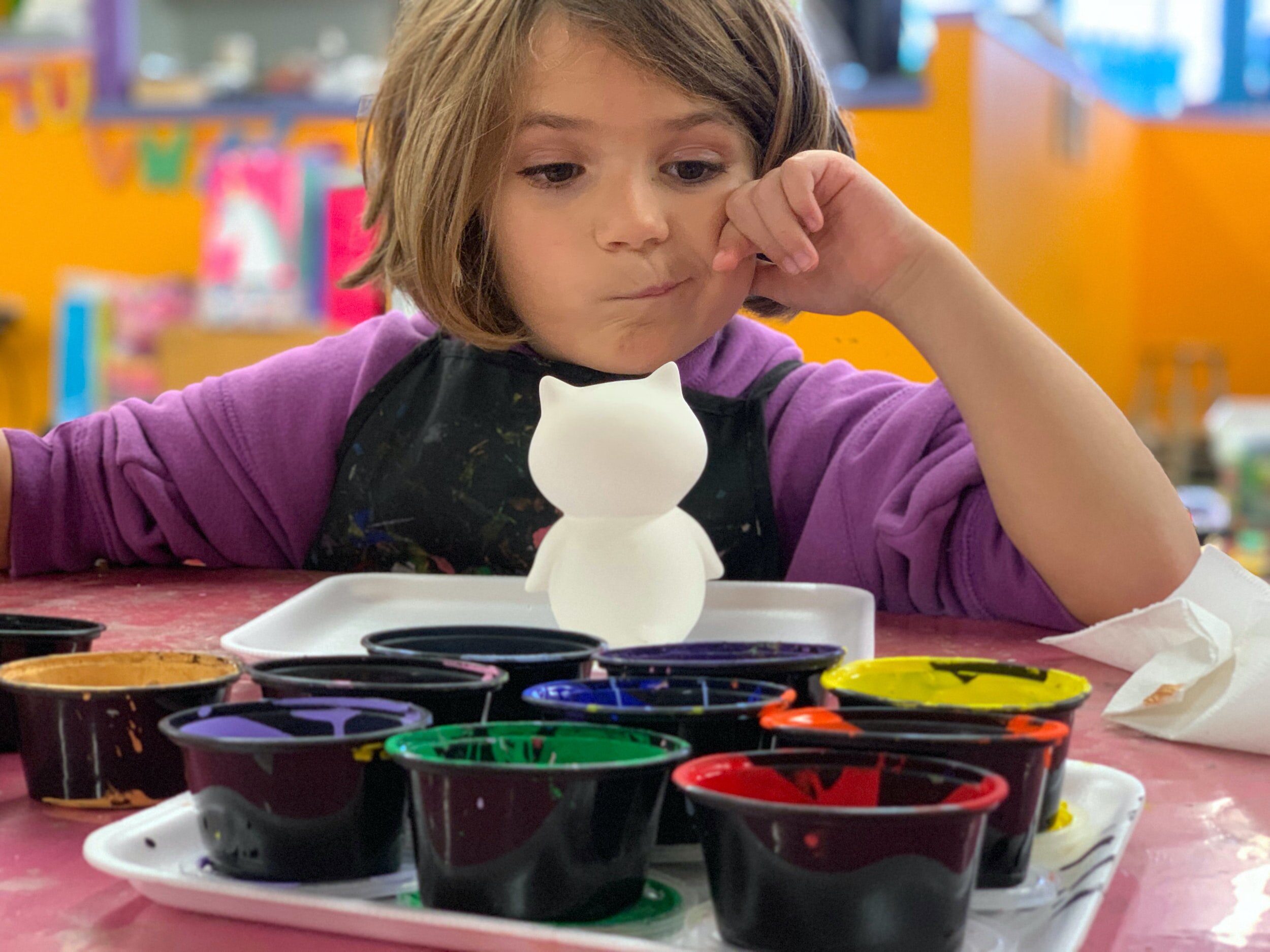By Eleanor Harris
Magic Words Director & Specialist Speech and Language Therapist
Working as a Speech and Language Therapist in schools can be demanding, with a high number of children with speech, language and communication needs. Many of the schools that commission our service have a very high level of need which can translate to high caseload numbers. This is inevitable as 1 in 10 children are thought to have a speech, language or communication difficulty; that’s 3 per classroom.
Managing high caseload numbers can be a challenge and requires a problem-solving approach.
The model of Speech and Language Therapy service delivery in the large mainstream primary school that I work in with my colleague, Hannah Anthony, has been tailored to that particular school’s needs and preferences, however, I am often asked to share the model of delivery as it is a successful one. So, here it is!
UNIVERSAL LEVEL: School training needs are identified at the start of term in collaboration with the SENCO and SLCN training days, training is booked into the school’s CPD calendar to be delivered by the Speech and Language Therapy team. The school also has access to our online training hub that contains a range of online, on-demand training webinars our therapists have created that school teams can access in team meetings or twilight training. Recently added topics are ‘How to support pupils with Selective Mutism’ and ‘Comic Strip Conversations’.
TARGETED LEVEL: The school have a trained TA who screens children in the Reception/Foundation year using the TALKBOOST programme and delivers intervention as indicated. An allocated TA works with the Speech and Language Therapy team delivering SaLT therapy programmes to an identified caseload of children on at least a weekly basis. The SaLT reviews those programmes and outcomes periodically, and the TAs approach the therapist for review and new targets when they feel targets have been achieved. 1:1 TAs also deliver intervention programmes for their 1:1 children following the programme set by the SaLT e.g. Attention Autism, Black Sheep Press programmes, iPad programmes using specialist speech and language therapy apps etc.
SPECIALIST LEVEL: Children that require regular specialist input from the Speech and Language Therapist directly are seen for weekly 30 minute sessions 1:1, or 1 hour sessions as part of a small group working towards identified targets. When children are assessed, they are placed into a number of groups which change depending on the current demand, but always include the following groups run on an ongoing basis:
· Blanks and Brown’s level 1 language
· Blanks and Brown’s level 2 language
· Blanks and Brown’s level 3 language
· Blanks and Brown’s level 4 language
· Phonology and articulation
The Blanks and Brown’s level language groups are based on the work by Marion Blanks et al (1978) which looks at developmental levels of abstract language comprehension, and the work done by Brown (1973) identifying developmental stages of morphemes in spoken language.
Referrals to our service are handled in the following way:
Step 1: The SENCo identifies children that the school are concerned about, using a referral screening checklist.
Step 2: The SENCo obtains consent from the parent and a background information form is completed by the parent and/or SENCo.
Step 3: The SaLT conducts a parental interview, face to face or via video-conferencing and gathers background information from the SENCo and teachers at the school.
Step 4: The SaLT conducts a classroom observation (where clinically indicated) and informal and formal assessment.
Step 5: The Speech and Language Therapist writes an initial assessment report detailing strengths, difficulties, advice and management. At this stage, the client is either discharged (if no SLCN is identified or therapy is not indicated), placed onto a targeted intervention run weekly by a TA, or placed into an appropriate group as above or 1:1 therapy slot for the therapist to see weekly for intervention. The SENCo of the school can use the reports, which are detailed, to support EHCP applications and reviews. All reports and goals are shared with parents, teachers and relevant involved medical professionals.
Step 6: All clients seen by the TAs and the Speech and Language Therapist are dynamically reviewed as therapy progresses and there is a formal annual review with a review report every 12 months. Pupil reviews are staggered throughout the year, with reviews being seen at the start of every term.
We like to keep a high level of parental involvement and use the See-Saw platform to share goals, progress and carryover work with parents so that they can still be actively involved in their child’s therapy programme even though it is delivered at school.
We have found that this model works well for this particular school, but each school is different and I would encourage every Speech and Language Therapist to sit down with their school SENCo at regular periods to review the needs of the school and how best to support those needs. Good luck in creating a successful model for your school!
